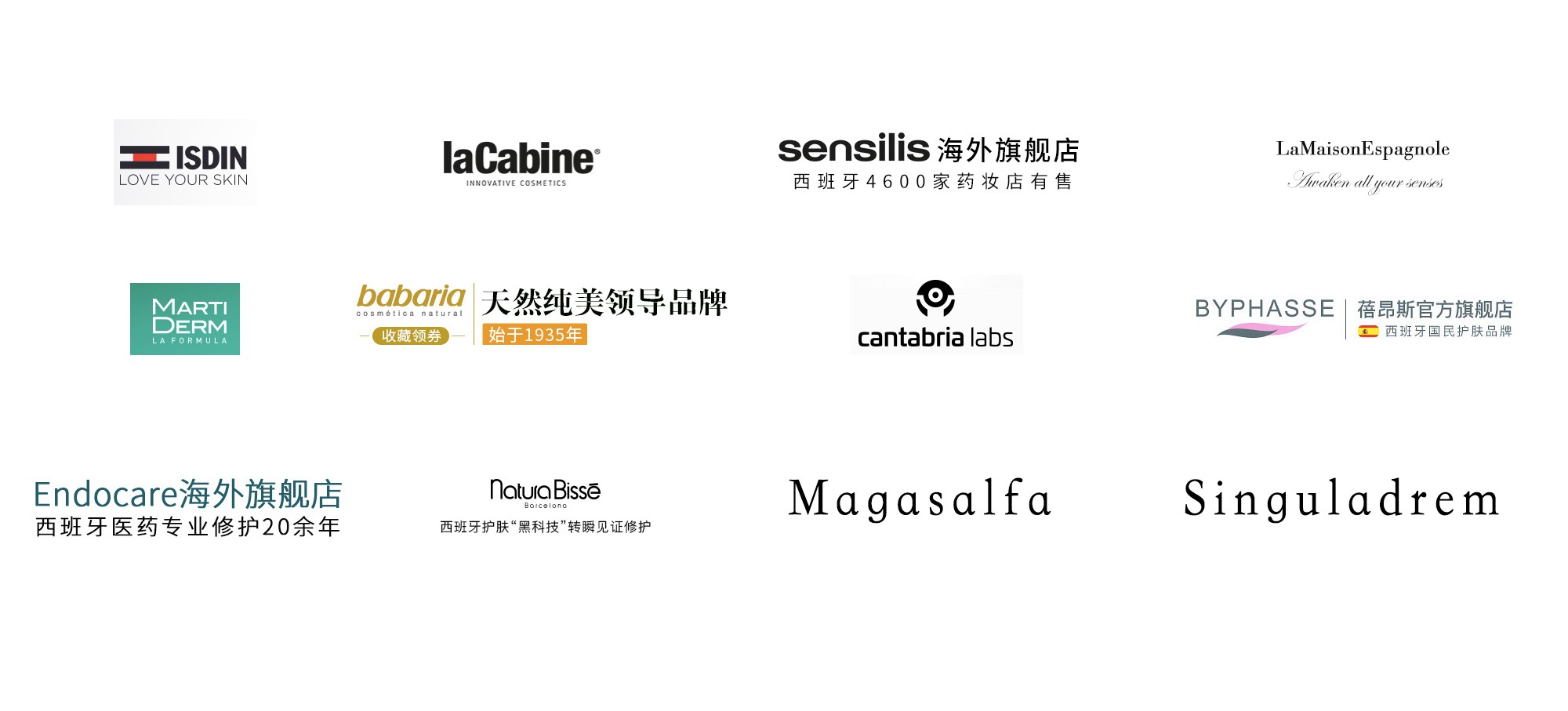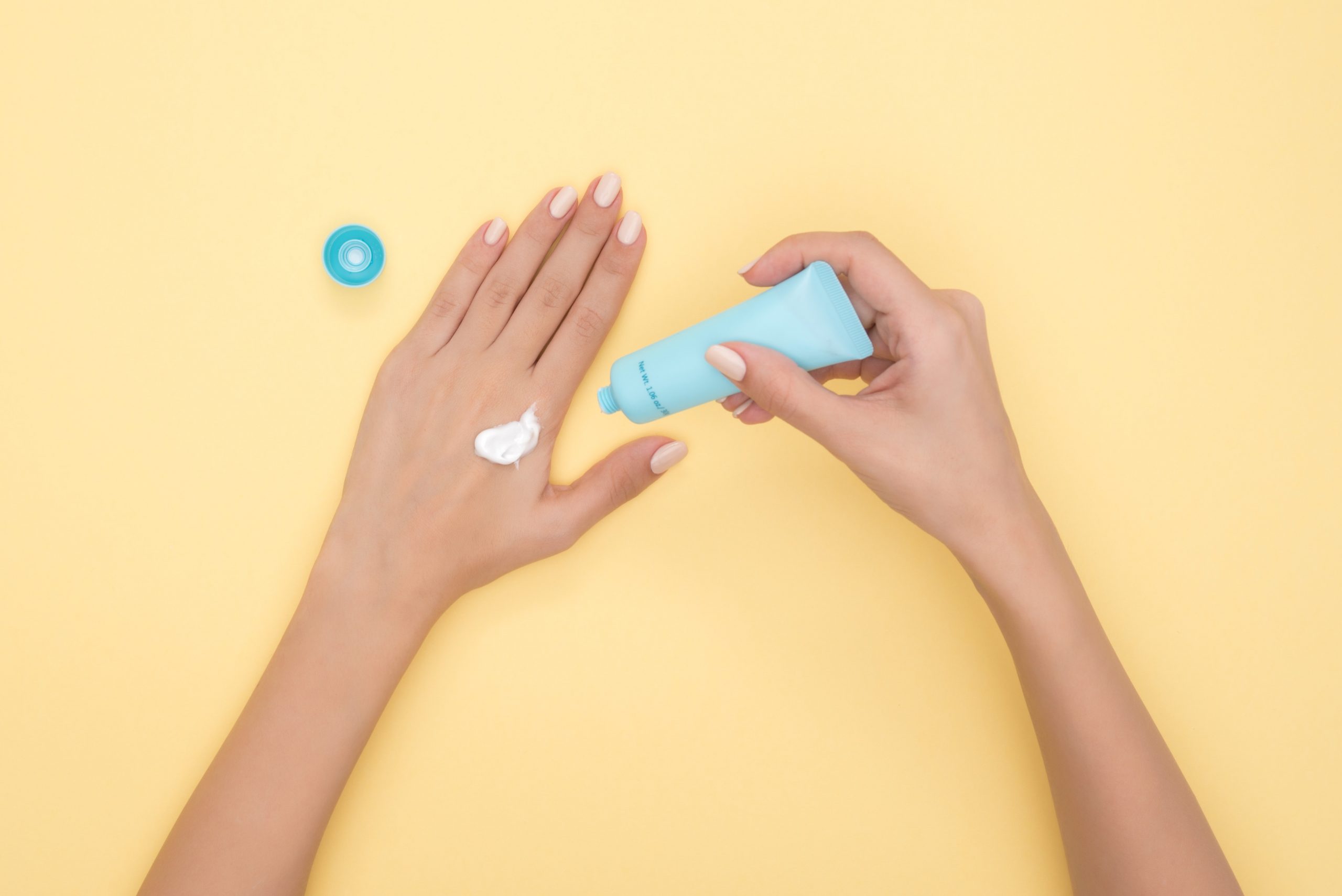China, the world’s largest E-commerce market, is attracting many foreign companies from many different sectors. As of today, for example, more than 18,000 brands from over 74 countries have achieved strategic cooperation with Tmall Global and opened brand-owned eCommerce websites. In particular, among all brands rushing into China, Spanish dermo-cosmetic brands are unexpectedly popular among Chinese consumers.
Spanish Dermo-cosmetic Brands Stepping into China
Spanish dermo-cosmetic products are famous for their patent ingredients,specially designed for skin problems. Originally these brands, mostly operating as family businesses, used to only sell in Europe with limited advertising investments. However since 2016, many cosmetic groups, led by MartiDerm and ISDIN, made effective attempts to enter the Chinese E-commerce market: as a result cosmetics exports from Spain to China grew by 265% that year. Their huge success drew other Spanish cosmetic brands’ attention, and many of them are now making moves to enter the Chinese market. On TMall Global over 20 Spanish brands have now opened their flagship store.
Key Figures
- After entering China in 2016, MartiDerm’s total sales exceeded 20 million CNY (nearly 2.5 million EUR) in the first five months. By the end of 2017, the sales volume increased by 10 times, reaching 200 million CNY (nearly 25 million EUR).
- During Singles’ Day (or Double 11, the most famous online shopping festival in China), MartiDerm sold over 5 million ampoules, reaching one unit sold every 2.49 seconds.
- Sesderma saw its sales from skincare products grow exponentially: from 0% to 10% of its total global revenue, within the first year after entering China.

Why Spanish Dermo-cosmetic brands are popular in China?
Before entering China, none of those Spanish dermo-cosmetic brands were known by Chinese consumers. Originally the Chinese cosmetics sector was dominated by cosmetic giants such as Loreal, P&G, Estee Lauder…etc. No one could foresee that these little-known cosmetic brands from Spain were about to revolutionize the Chinese cosmetic market. The reasons for the success of these brands are the following:
Chinese Consumers are “Niche-Brands Followers”
China’s largest cosmetics consumers group is represented by millennials. Grown up as digital savvy and different from older generations, they are exposed to massive information. “More Chinese women, especially those born after the 1990’s, are very knowledgeable about skincare and have become frequent users of high-quality products like essence and serum,” said Tang Gu, head of Tmall Global Cosmetics.“There is a growth of individualism among Chinese consumers. In particular, the younger generation is looking for ways to stand out and be unique from their peers,” said Birtwhistle, director of China Digital Strategy at PwC (PricewaterhouseCoopers).
Unique Product Concepts meeting consumer needs
In 2017 many big cosmetic manufacturers, including L’Oreal, Lancome and Estée Lauder,have launched their new “ampoule” product line. This phenomenon was inspired by Spanish dermo-cosmetics.
In addition, almost all the Spanish dermo-cosmetic brands are designed with special patented ingredients, such as fruit acid and resveratrol, which can be used on large scale for medical beauty products, filling the market gap for skin cosmeceutical products.
Cheap price catering to the mass market
Korean and Chinese cosmetic brands dominate the low-end market: thanks to massive investments in marketing and PR, they’ve created a huge audience base. However,because of unsatisfactory experiences among users and low-quality products,these brands have a low product re-purchase rate. This is where Spanish dermo-cosmetics can fit in, and take advantage of the situation: with higher price-per-value performance and a wide presence on Chinese online channels,consumers are very likely to turn into Spanish dermo-cosmetics loyal customers.

Why should brands consider entering China?
Chinese Policy Support
The Chinese government has been supporting the development of cross-border eCommerce, providing lower entry barriers for foreign brands. Unlike the complex procedure of opening a brick-and-mortar shop in China, there is no need for international brands to obtain a license for selling on eCommerce platforms, or opening a cross-border branded eCommerce website. In addition, in 2016, the Chinese government lowered the tariffs in the cosmetics sector to facilitate the entry of more foreign high-quality brands.
Market Potential
China’s skincare market will continue to grow at a steady pace, fueled by the rising middle class, and its increasing disposable income and sophistication. According to China’s National Statistics Bureau, the country’s cosmetics retail industry climbed 13.5% year-over-year in 2017 and reached RMB 251.4 billion ($40 billion). An OC&C Strategy Consultants’ survey shows that over 90% of respondents increased their spending on skin care products last year, especially by going up the value chain.
Key Takeaways
- Although starting late, Spanish dermo-cosmetic brands effectively swayed the Chinese cosmetic market, with considerable room for further growth in the future years.
- The recent support of Chinese government’s policies and massive purchases from individual consumers, recently created the best conditions to enter the market.

